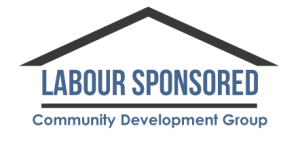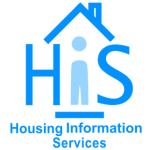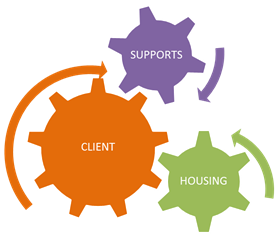Housing First Program
Homeless and At Risk of Homelessness
 According to “The State of Homelessness in Canada (2013),” the chronic homeless population represents 10% of the overall homeless population but uses more than 50% of resources dedicated to homelessness in communities.
According to “The State of Homelessness in Canada (2013),” the chronic homeless population represents 10% of the overall homeless population but uses more than 50% of resources dedicated to homelessness in communities.
Individuals experiencing episodic homelessness make up 9% of the overall homeless population. Similar to the chronic homeless population, this population exhibits complex health issues recurrently utilizing emergency shelters and community health organizations.
There are many challenges and barriers faced when seeking assistance and support to secure and maintain affordable, appropriate permanent housing that include: more than 50% gross income is spent on rent; high utility costs resulting in arrears; eviction; mental illness or addiction issues; new Canadians/refugees; relocation into the city or county; staying in interim housing while looking for permanent housing.
Respect, Compassion and Commitment
The Housing First Program focuses on preventing and reducing homelessness in Windsor-Essex by adopting the Housing First principles of the Windsor Essex 10 year Housing and Homelessness Plan and the Community Plan. Housing Information Services in partnership with Family Services and Access County Community Support Services, offer permanent housing and individualized, integrated supports to individuals, families, youth and seniors with no preconditioned requirements for them to secure immediate housing. Respect and compassion for all clients is an integral part of the program, along with a consistent message of commitment while maintaining the continuity and support throughout the transition.
Client-Directed Service Approach
Housing First seeks to end chronic homelessness by using a client-directed service approach that supports individuals in pursuing their own goals by providing them with housing first. Throughout this process, clients are given opportunities to make decisions about their own housing regarding the location of their homes, furnishings, frequency and intensity of supports which will empower them to increase their self-confidence.
Once housed, clients are informed about various treatment modalities to give them the ability to choose what is best for them. Financial assistance, counselling, identification assistance, employment support, wellness self-management, child care, medical assistance, primary care, and addictions and mental health issues are some of the supports and services that the client may choose to access.
Housing Response and Integrated Support Teams
Housing Response and Integrated Support Teams are available 24/7 in order to address the needs of homeless and at risk of homelessness.
The goal of the Housing Response Team (HRT) is to provide affordable, adequate and suitable housing; facilitate the client’s set-up and move-in; and ensure the client remains housed. The HRT facilitates immediate access to housing and oversee housing coordination for individuals experiencing chronic or episodic homelessness including apartment set-up, furnishings, repairs, mediation services, and immediate re-housing. If any issues occur, the HRT will mediate between the landlord and the tenant to find an immediate solution for the client to maintain their housing. Once housed, clients will be offered case management and supports to connect them with the right programs and services in a timely manner.
The Integrated Support Team (IST), consisting of qualified professionals, assists individuals in setting goals and monitor their progress with treatment or rehabilitation programs while they are receiving supports and services of their choice in the community. Acceptance of any services including treatment is not a requirement to access or maintain a home, but clients must be willing to accept regular visits with the IST and pay their rent.
Peer support is provided to give clients the opportunity to share and discuss common experiences; and provide life-skills training that include personal hygiene, basic cooking and cleaning as well as computer support, education options and referrals to community agencies for employment training. When the client is self-sufficient, they are ready to graduate.




